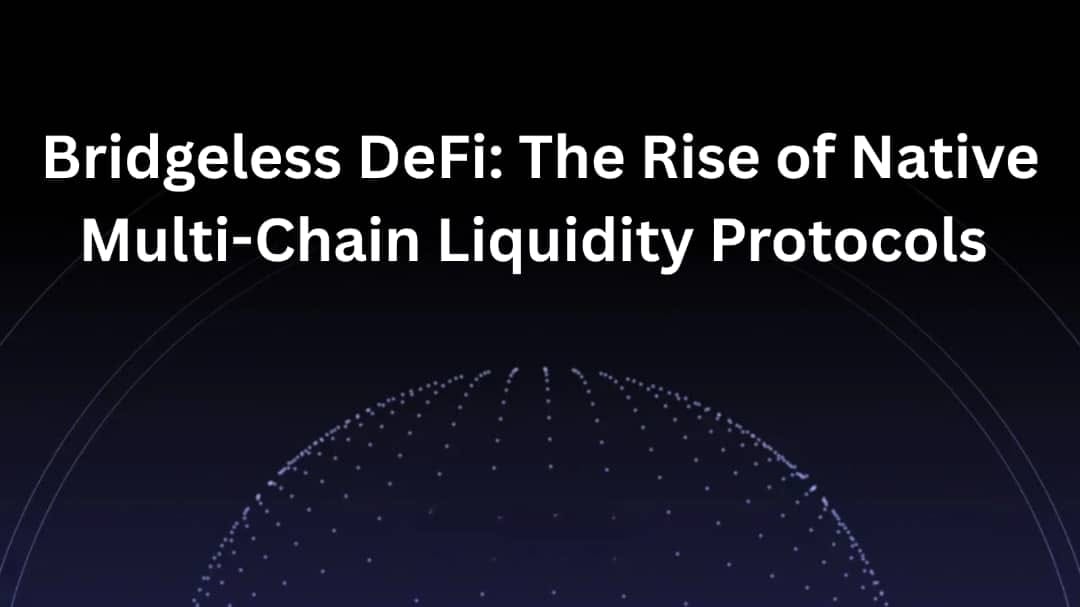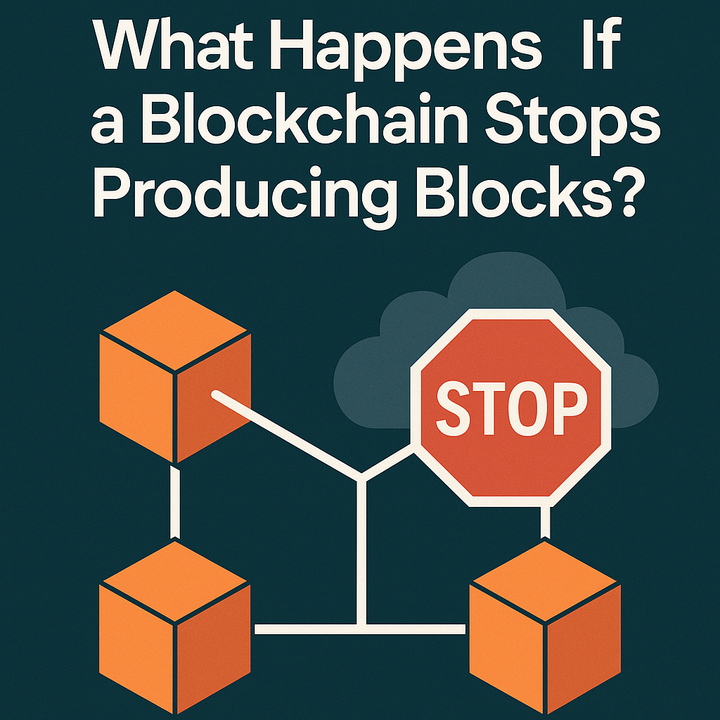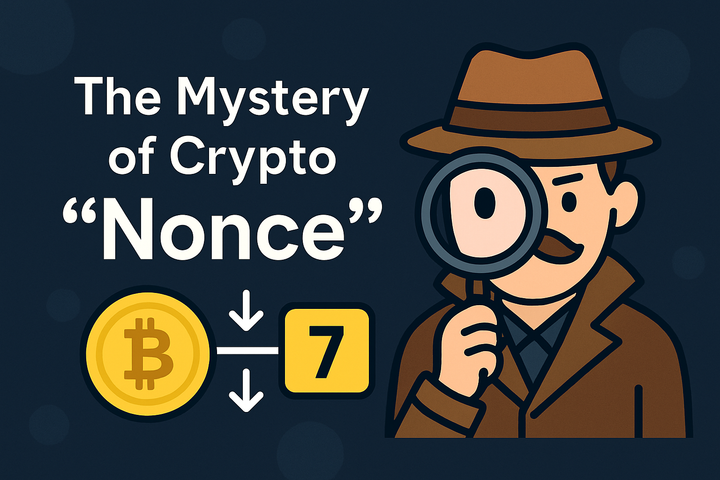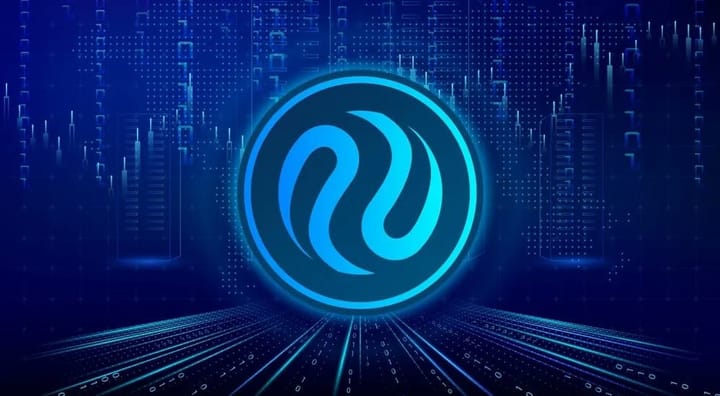Bridgeless DeFi: The Rise of Native Multi-Chain Liquidity Protocols

Introduction
The decentralized finance (DeFi) landscape is undergoing a significant transformation with the emergence of native multi-chain liquidity protocols, often referred to as bridgeless DeFi. These protocols aim to enhance liquidity across various blockchain networks without relying on traditional bridges, which can introduce security risks and inefficiencies. This article delves into the rise of bridgeless DeFi, its underlying principles, and the potential it holds for the future of decentralized finance.
1. Understanding Bridgeless DeFi
1.0 What is Bridgeless DeFi?
Bridgeless DeFi refers to decentralized finance protocols that facilitate liquidity and asset transfers across multiple blockchain networks without the need for traditional bridging mechanisms. Instead of relying on bridges that lock assets on one chain and mint wrapped tokens on another, bridgeless DeFi protocols utilize native interoperability solutions to enable seamless interactions between different blockchains.
1.1 The Need for Bridgeless Solutions
The traditional approach to cross-chain interactions often involves wrapping assets, which can lead to several challenges:
- Security Vulnerabilities: Bridges can be susceptible to hacks and exploits, as seen in various high-profile incidents in the DeFi space. For instance, the Poly Network hack in 2021 resulted in the loss of over $600 million due to vulnerabilities in the bridge's smart contracts.
- Liquidity Fragmentation: Users may face difficulties accessing liquidity across different chains, leading to inefficiencies and higher transaction costs. Wrapped assets can create silos of liquidity, making it challenging for users to find the best prices.
- Complex User Experience: Navigating multiple platforms and wrapped assets can create a cumbersome experience for users, deterring participation in DeFi. The need to understand the mechanics of wrapping and unwrapping assets adds unnecessary complexity.
- High Fees: Transferring assets across chains can incur significant transaction fees, especially during periods of high network congestion. Users may find themselves paying high gas fees for simple asset transfers.
The Rise of Native Multi-Chain Liquidity Protocols
Key Features of Native Multi-Chain Liquidity Protocols
- Direct Asset Transfers: Native multi-chain liquidity protocols enable users to transfer assets directly between chains without the need for wrapping or unwrapping tokens. This reduces complexity and enhances security.
- Optimized Liquidity Routing: These protocols utilize advanced algorithms to analyze liquidity across multiple chains, ensuring that users can access the best prices and minimize slippage. By aggregating liquidity from various sources, they can provide users with optimal trading conditions.
- Interoperability: By leveraging native interoperability solutions, these protocols facilitate seamless interactions between different blockchain networks, promoting a more cohesive DeFi ecosystem. This interoperability allows users to access a wider range of DeFi services without the need for complex bridging solutions.
Examples of Native Multi-Chain Liquidity Protocols
- Mitosis: As a leading example, Mitosis serves as a liquidity router that connects various blockchain networks, allowing users to access liquidity without the need for wrapped assets. Its dynamic price aggregation and risk management strategies enhance the overall trading experience.
- LayerZero: LayerZero is a cross-chain communication protocol that enables seamless interactions between different blockchain networks. By providing a lightweight and efficient framework for cross-chain messaging, LayerZero eliminates the need for wrapped assets and traditional bridges.
- Mantle Network: Mantle Network aims to be a liquidity chain that drives capital efficiency through modular architecture. By enabling direct asset transfers and optimizing liquidity routing, Mantle enhances the user experience in DeFi.
- Chainlink's Cross-Chain Interoperability Protocol (CCIP): Chainlink's CCIP provides a framework for secure and efficient cross-chain communication, enabling native multi-chain liquidity solutions to thrive. This protocol allows smart contracts to interact across different chains, facilitating seamless asset transfers.
2. Benefits of Bridgeless DeFi
1. Enhanced Security
By eliminating the need for traditional bridges, bridgeless DeFi protocols reduce the risk of hacks and exploits associated with wrapped assets. Users can interact with their assets directly on their native chains, enhancing security. This direct interaction minimizes the reliance on third-party protocols, which can be points of failure.
2. Improved Liquidity Access
Native multi-chain liquidity protocols optimize liquidity routing, allowing users to access deeper markets and better prices across different chains. This leads to reduced slippage and improved trading conditions. Users can execute trades with confidence, knowing they are accessing the best available liquidity.
3. Simplified User Experience
Bridgeless DeFi protocols streamline the user experience by providing a unified interface for interacting with multiple chains. Users can execute trades seamlessly without navigating complex bridging processes. This simplification encourages greater participation in DeFi, as users are less intimidated by the technology.
4. Increased Participation in DeFi
By addressing the challenges of liquidity fragmentation and security risks, bridgeless DeFi protocols encourage greater participation in the DeFi ecosystem. Users can engage with a wider range of services and opportunities, fostering a more vibrant and active community.
3. Challenges and Considerations
1. Technical Complexity
Implementing native multi-chain liquidity protocols requires significant technical expertise and resources. Developers must navigate various challenges to create efficient solutions that can handle cross-chain liquidity routing. This complexity can be a barrier to entry for new projects and developers.
2. Market Fragmentation
The rise of multiple bridgeless DeFi protocols can lead to market fragmentation, making it challenging for users to navigate the landscape. Ongoing efforts are needed to promote collaboration among protocols and create a more cohesive ecosystem.
3. Regulatory Considerations
As the DeFi landscape evolves, regulatory scrutiny may increase. Bridgeless DeFi protocols must ensure compliance with existing regulations while fostering innovation and user participation. This balancing act can be challenging, especially in jurisdictions with unclear regulatory frameworks.
4. User Education
As bridgeless DeFi solutions gain traction, educating users about the benefits and mechanics of these protocols will be essential to drive adoption. Users need to understand how to interact with these new systems and the advantages they offer over traditional bridging solutions.
4. The Future of Bridgeless DeFi
Trends to Watch
- Increased Adoption of Native Multi-Chain Solutions: As users become more aware of the limitations of traditional bridging solutions, the demand for bridgeless DeFi protocols will grow. This trend will likely lead to the development of more innovative solutions that enhance cross-chain interactions.
- Interoperability Initiatives: Collaborative efforts among DeFi protocols to enhance interoperability will pave the way for more efficient liquidity routing solutions. These initiatives will help create a more interconnected DeFi ecosystem.
- Community-Driven Innovations: The establishment of community-driven liquidity solutions will likely reflect the needs and preferences of users, fostering greater participation in DeFi. Community engagement will be crucial in shaping the future of bridgeless DeFi.
- Regulatory Developments: As the DeFi landscape evolves, regulatory frameworks will need to adapt to address the challenges posed by bridgeless DeFi solutions. Protocols that prioritize compliance and transparency will be better positioned for long-term success.
Conclusion
The rise of bridgeless DeFi represents a transformative shift in the decentralized finance landscape, enabling seamless asset transfers and interactions across multiple blockchain networks. By optimizing liquidity routing and enhancing security, native multi-chain liquidity protocols are paving the way for a more efficient and user-friendly DeFi experience. As the demand for bridgeless solutions continues to grow, we can expect to see significant advancements in the DeFi ecosystem, ultimately leading to a more interconnected and accessible financial landscape.



Comments ()